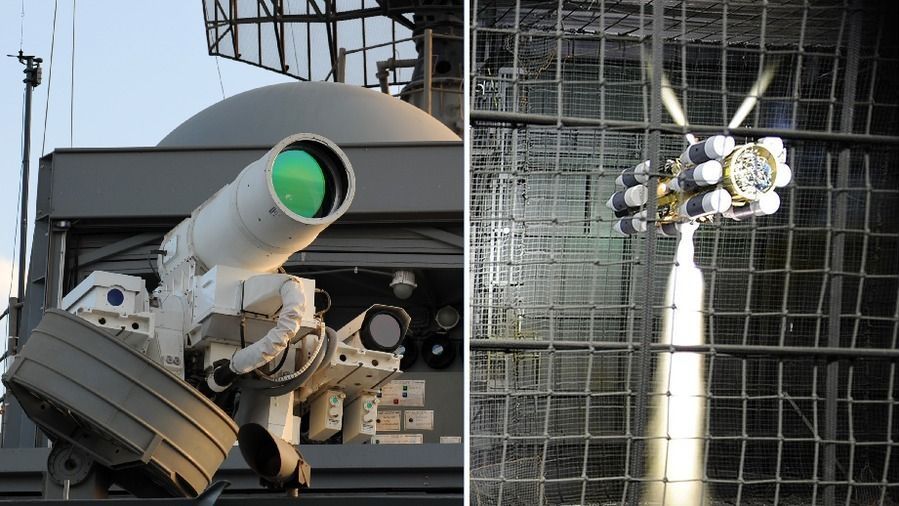Dec 6, 2018
The Welcome Crypto-Currency Crash
Posted by Michael Dodd in categories: business, futurism
The Crypto Crash can lead to positive change for the future.
The ongoing crash in the Crypto-Currency Market is a breath of fresh air. I am sorry for the innocent people who are getting burned to a crisp but this crash is a necessary evil for a long list of reasons. The main benefit of this crash will be the institutional investors should be gone and simply that is the most awesome thing that could happen for the Crypto-Currency Market.
A number of the institutional investors and the strip miners have a negative impact on the Crypto-Currency markets. These two factions are not in the business to benefit Crypto-Currencies but to extract the maximum amount of profit from the venture. This is something I have said for years, mind you, not a single soul has listened to me, but it has been and will continue to be a simple honest truth. If Crypto is the survive the apocalypse, changes will have to be made.

















